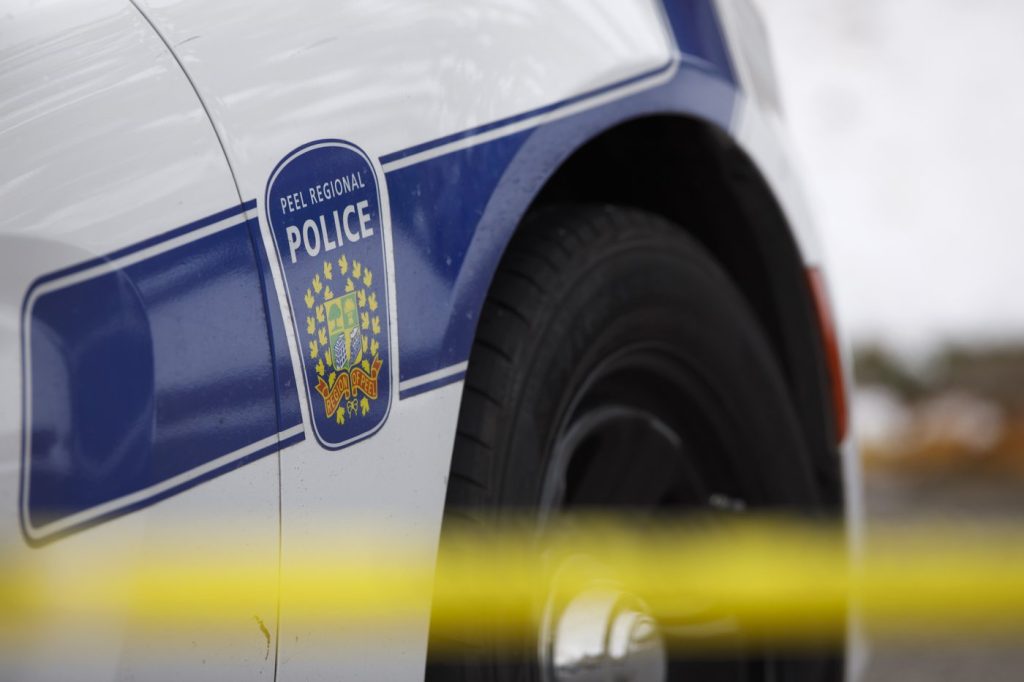How Kapapamahchakwew – Wandering Spirit School is empowering Indigenous students in Toronto

Posted November 3, 2024 7:40 pm.
Last Updated November 3, 2024 11:59 pm.
Nestled in the small Toronto neighbourhood of The Pocket, there’s an Indigenous education hub you might not have heard of but if you speak with students and staff they’ll describe experiences of empowerment and coming together as a strong community.
Kapapamahchakwew – Wandering Spirit School, located on Phin Avenue south of Danforth Avenue and west of Greenwood Avenue, has approximately 160 students and 20 staff. Students can start in Kindergarten and stay until Grade 12.
“It is unlike anything I’ve seen before,” Sam Du Plessis, a Grade 10 student, told CityNews during a tour of the school.
“I’m used to very much being in classrooms, sitting at desk where you kind of just like sitting down, heads down, doing work, you know, listening to whatever the teacher says, whereas now it feels much more hands-on and collaborative.”
Du Plessis said he has been at the school for two years and learned about it through a middle school teacher. Before arriving at Kapapamahchakwew – Wandering Spirit School, he said he didn’t know much about his Red River Métis background.
“It was very hidden for us. It was something that was often discouraged, so ever since I came to the school I feel like I’ve learned so much more than I’ve ever known prior,” Du Plessis said.
“I’ve been able to show that through artwork and through writing and countless other things, I’ve just really been able to find myself.”
Through the ability to learn Indigenous arts at the school, he showed off pieces published in the school’s magazine along with a design for shirts worn as part of the Toronto District School Board’s (TDSB) Orange Shirt Day ceremonies.
“I was at Nathan Phillips Square seeing the Spirit Garden and I was seeing people walking around … wearing my design and seeing that all over, it was just unbelievable,” he said.
Rosie Yardy, a Grade 11 student, described a similar experience after transferring to Kapapamahchakwew – Wandering Spirit School after finishing Grade 7 in London, Ont.
“There’s no one that really looked like me or that wanted to look like me, so I would have to speak for my entire class about my culture and here everybody else is sharing their knowledge and learning with each other, so it’s not just one person teaching everyone else,” she said.
“I have a community that cares about me and that I can learn myself about, and about my ancestors with.”
Yardy said if she wasn’t able to learn in this setting, it would have been “very isolating.”
“I grew up in a white family. I’m Indigenous. I’m Oneida of the Six Nations of the Thames on my mother’s side, so my family is not connected to my culture and so growing up it’s been really difficult to [have] to learn these ways that don’t include me or don’t want me to be have a voice in what I’m learning,” she said.
“Having the opportunity to learn these things is really important to me and I feel like I’d be very silent, and I feel like I’d be very unheard if I wasn’t here where my voice is heard all the time.”
Yardy gave an example of the hands-on Indigenous teachings that she has valued. It involved plucking a goose and preparing it to eat.
“That was surprising because I realized that I’m actually helping with my meal and helping prepare a meal for what my ancestors would have done for their family … it just really helped me realize that this is a safe space where I can practice my culture,” she said.
Tasha Smith grew up in Toronto schools and now she teaches elementary students.
“I wish I knew the school was around when I was a student in the TDSB, I didn’t, and this school is so special to me because I love being able to help provide opportunities for students to learn their culture and also learn in a place that respects who they are as Indigenous people,” she said while elaborating on the Indigenous-focused learning environment.
“Instead of French, we teach Anishinaabemowin. We have amazing extracurricular activities that are based in culture, such as powwow dancing, hand drumming, big drumming, and lots of Indigenous art teachers as well that help with teaching kids Indigenous art.”
Indigenous elders are also involved in working with youths and helping bring traditional ceremonies and practices into the school. Located at the same property is the Urban Indigenous Education Centre.
Tanya Senk, the TDSB’s superintendent of Indigenous education, said the centre supports Indigenous education at hundreds of the board’s schools, but Kapapamahchakwew – Wandering Spirit School is the only Kindergarten-to-Grade 12, Indigenous-focused school.
She said the school, which has roots in Toronto dating back to the 1970s, wouldn’t have been possible without elders Pauline Shirt and Vern Harper.
“(They) started the school in their living room to create a safer place for their children to be able to go to,” Senk said.
“Elder Pauline Shirt started the school as a redress to the Indian residential school system, and it is a place where students and staff can continue with the language of the land, the Indigenous language of Anishinaabemowin, Indigenous land-based education, following the 13 Moon curriculum, looking and centring Indigenous knowledge and ways of knowing, being and following the Seven Sacred teachings.”
In 2022, Senk said the board of trustees approved a motion that committed the Toronto District School Board “to embedding and implementing” the Truth and Reconciliation Commission of Canada’s calls to action and the United Nations Declaration on the Rights of Indigenous Peoples. She said a multi-year strategic plan has been put in place to reform teachings and policies system-wide.
“Although there is so much more work to do, we have seen some steps moving forward with truth and reconciliation,” Senk said.
Meanwhile, Du Plessis and Yardy said they’re both grateful for having the school, their classmates and their teachers in their lives.
“I’m now having many opportunities to be in, like I said, magazines, as well as having official designs put out there and it’s given me a lot of exposure and experience with stuff that I wouldn’t normally have been put in at other schools,” he said.
“I love working with children and I have a lot of younger siblings, so I think especially passing this knowledge through oral tradition and through storytelling and creation and beadwork and making regalia and stuff, that’s something that I can always be able to do,” she added.
For any Indigenous students in Toronto who are interested in attending the school, they and their families were asked to visit the school’s website to learn more and then contact the principal.
Click here to view more ‘Your Community’ stories from The Pocket and other Toronto neighbourhoods.








